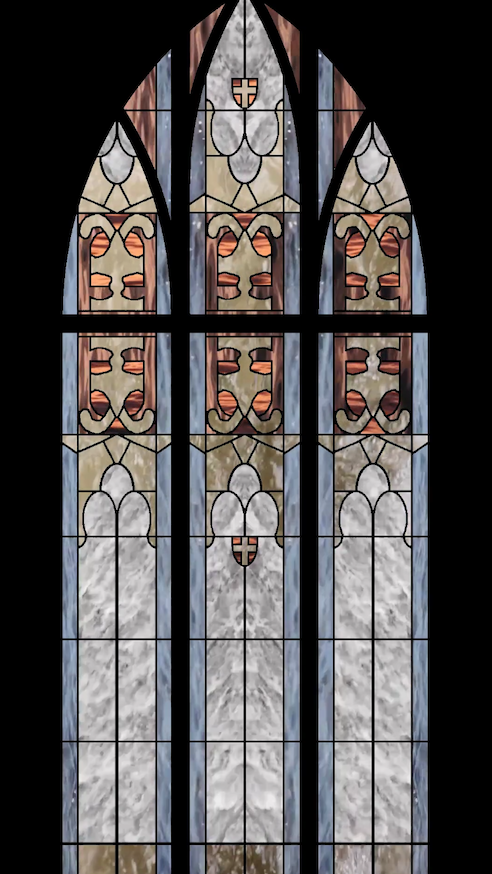Aid for the Arts
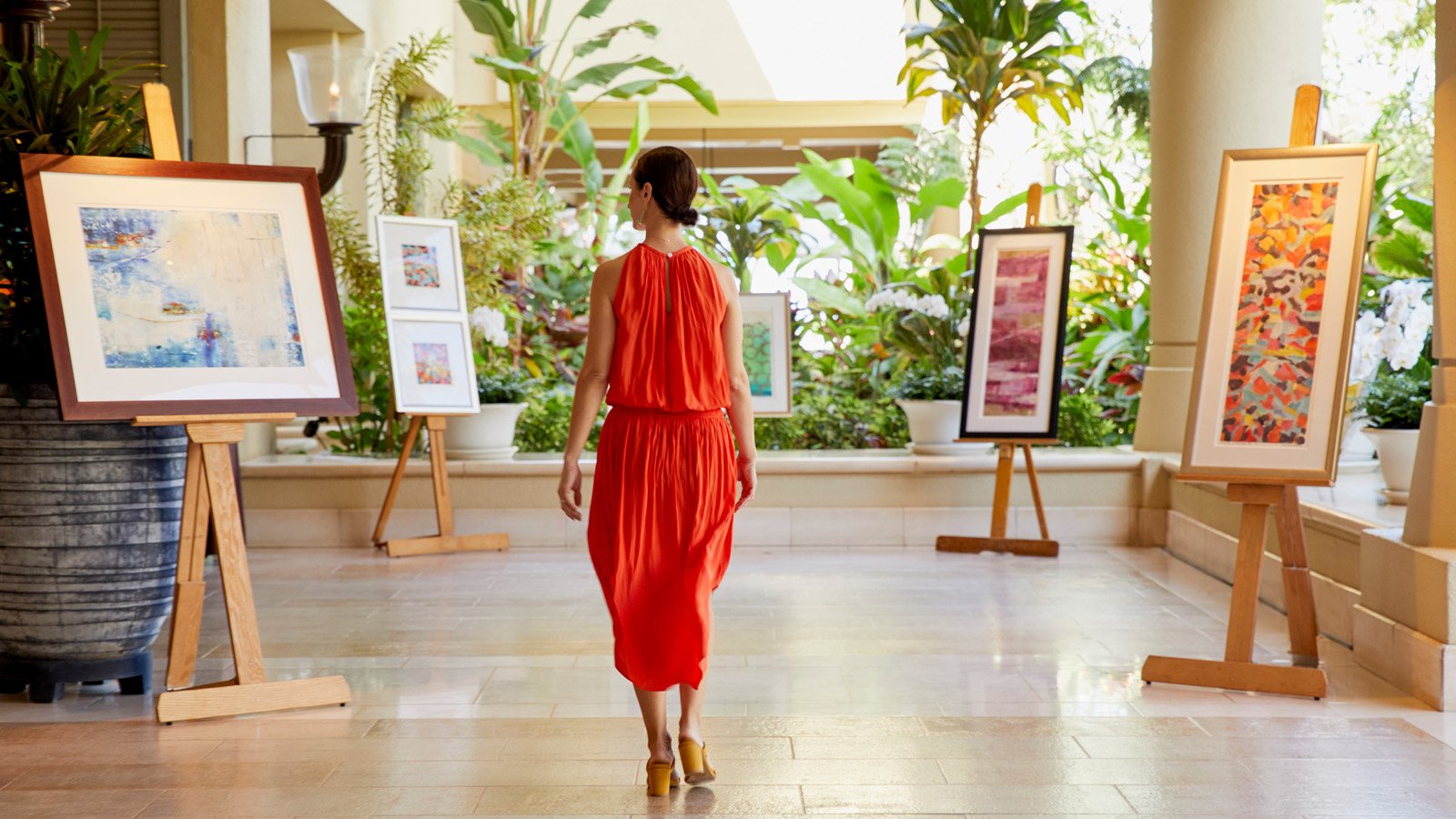
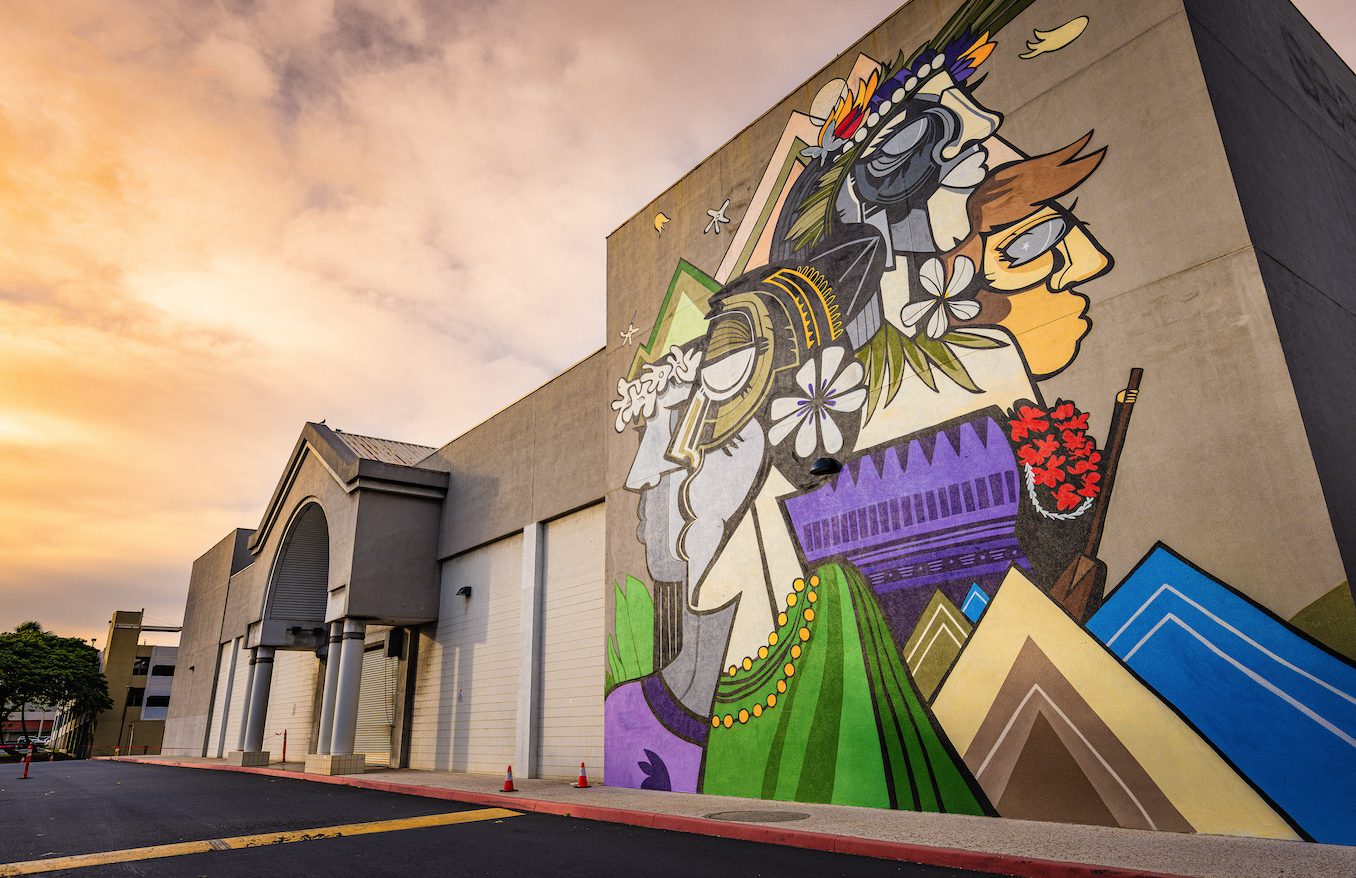
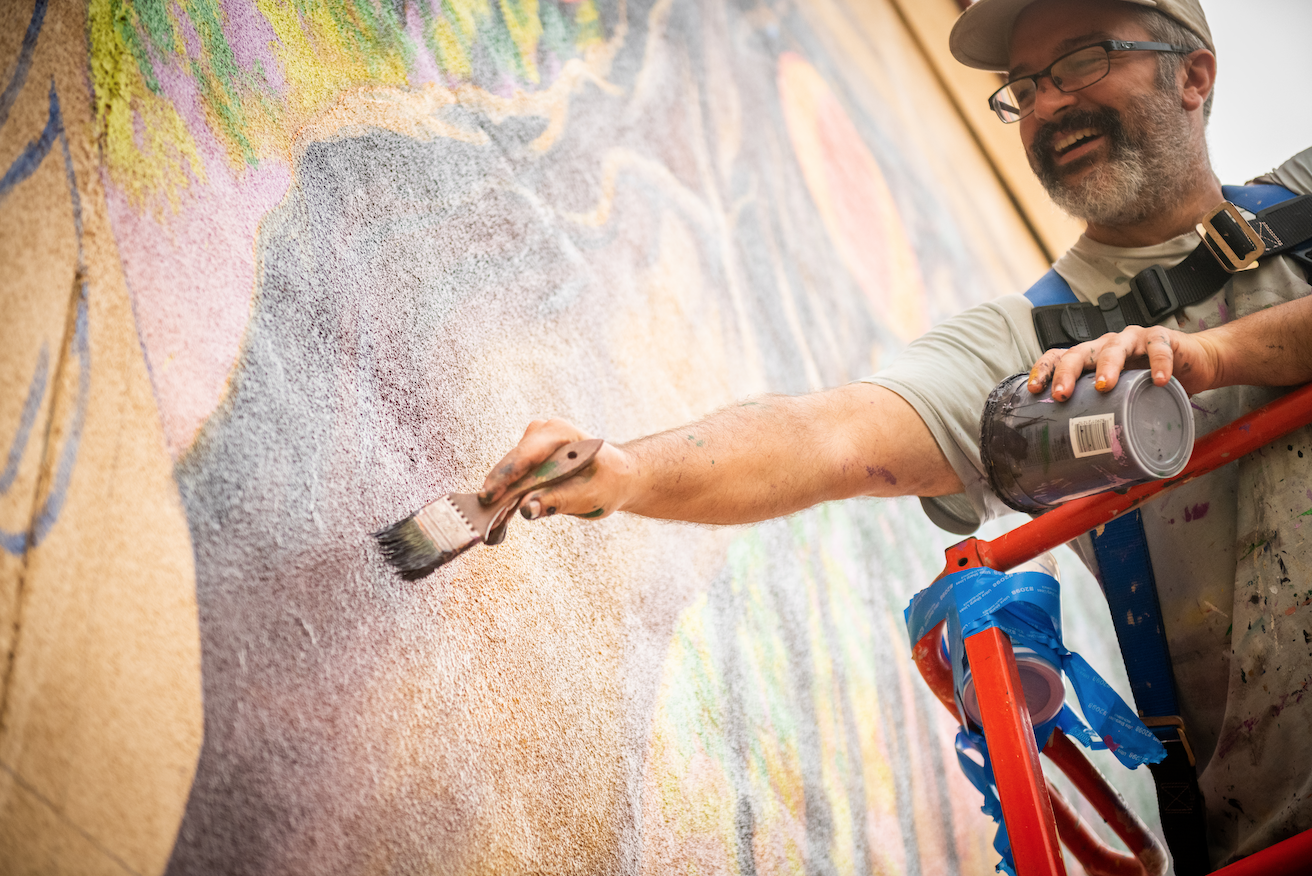
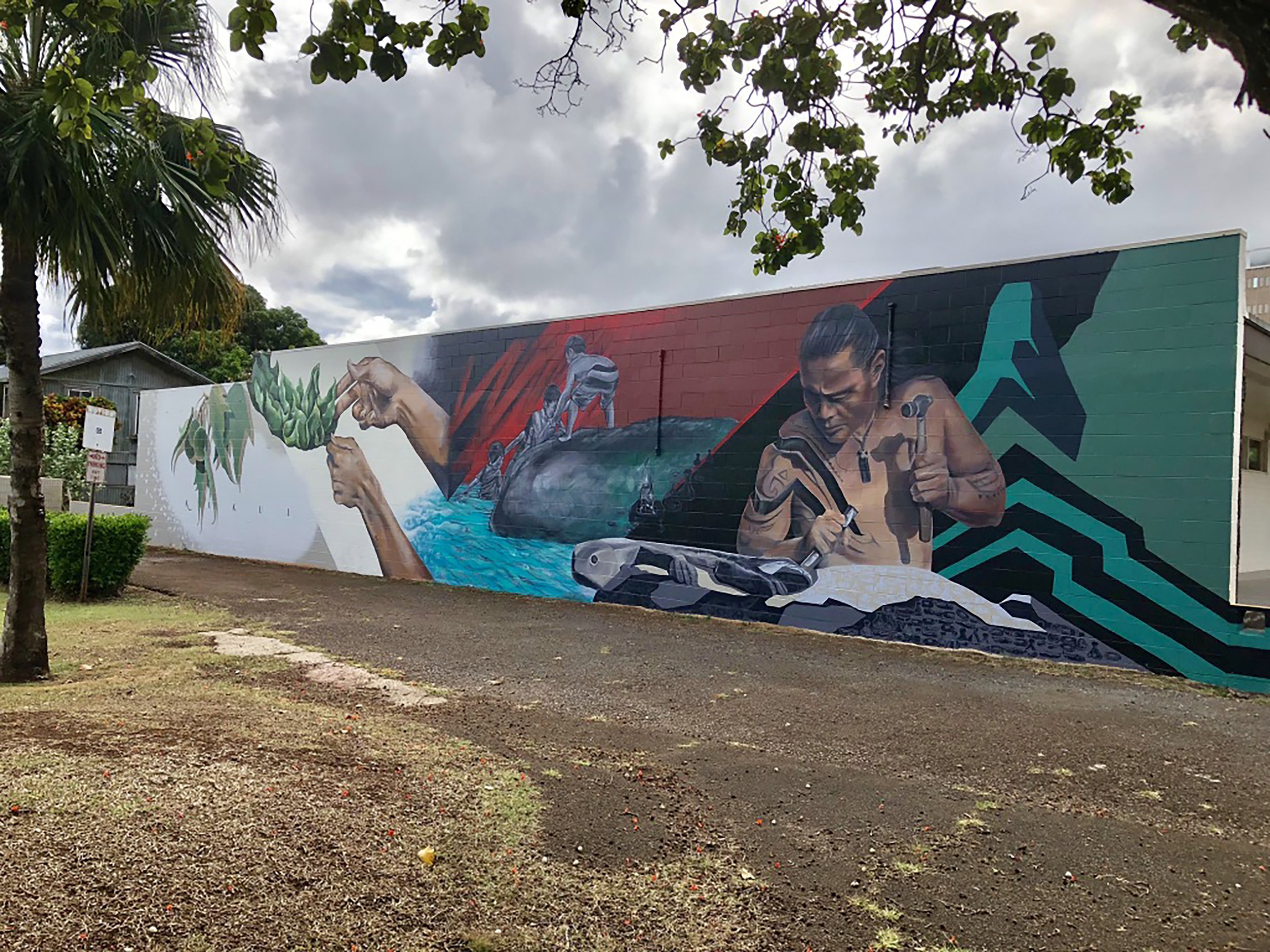
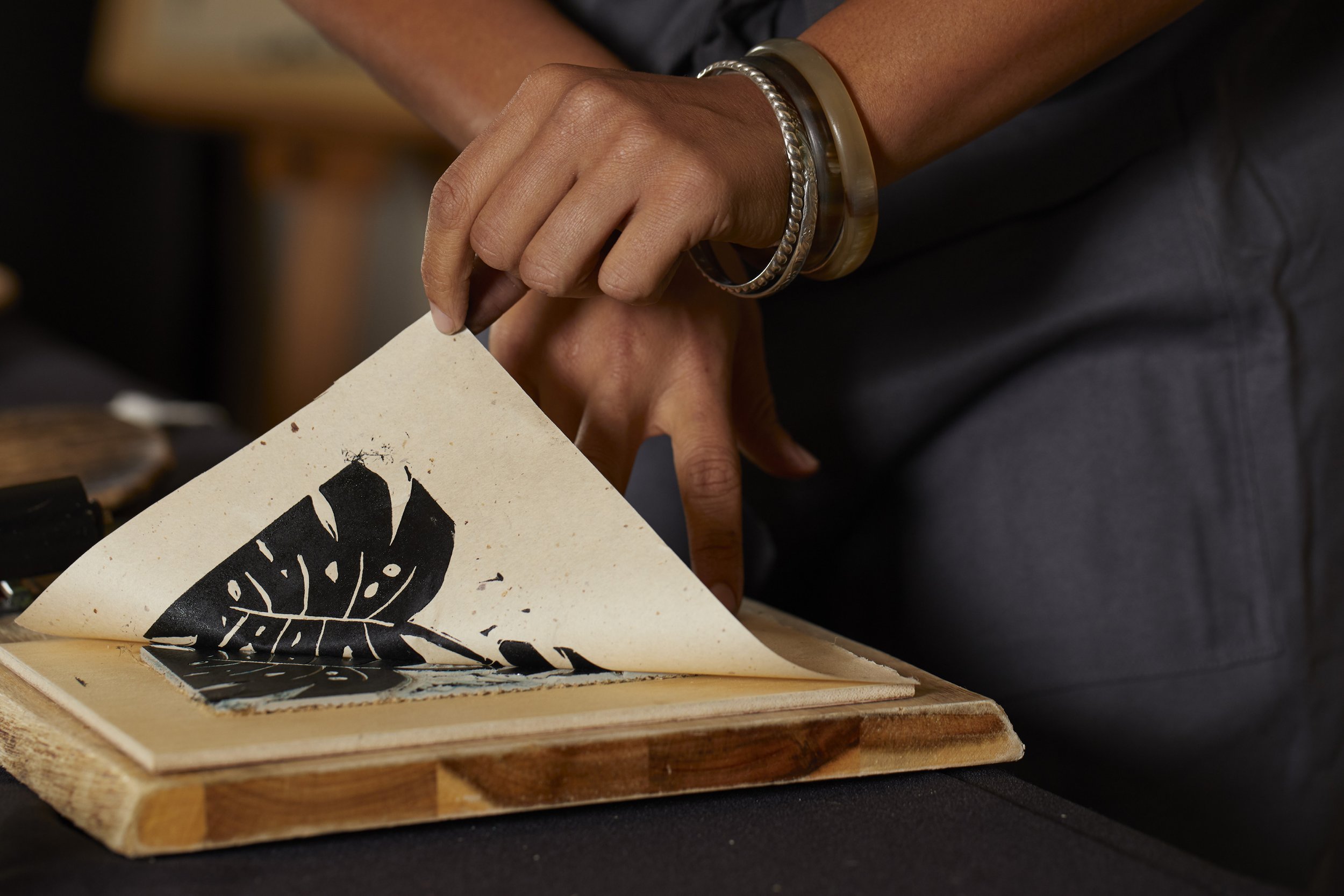
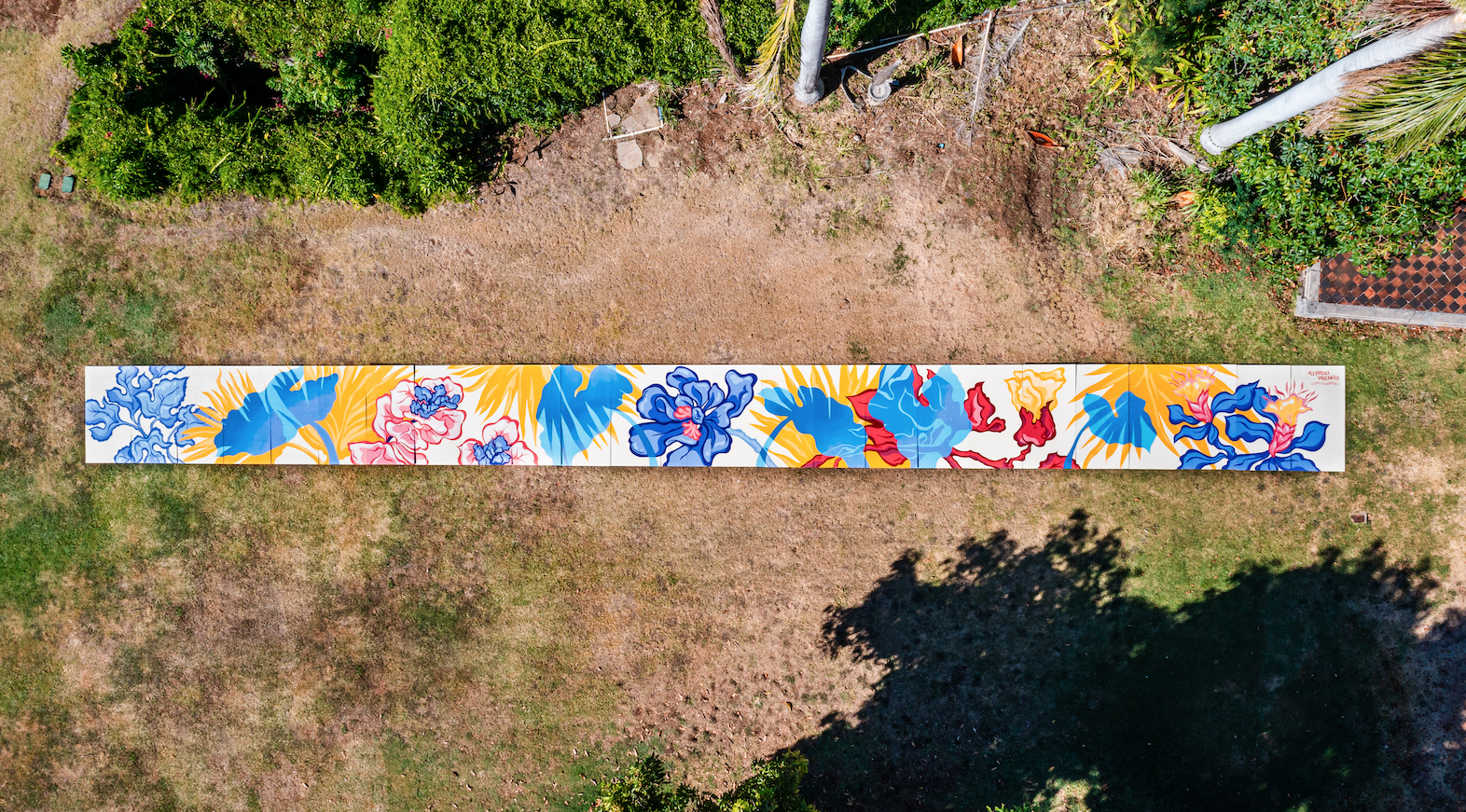
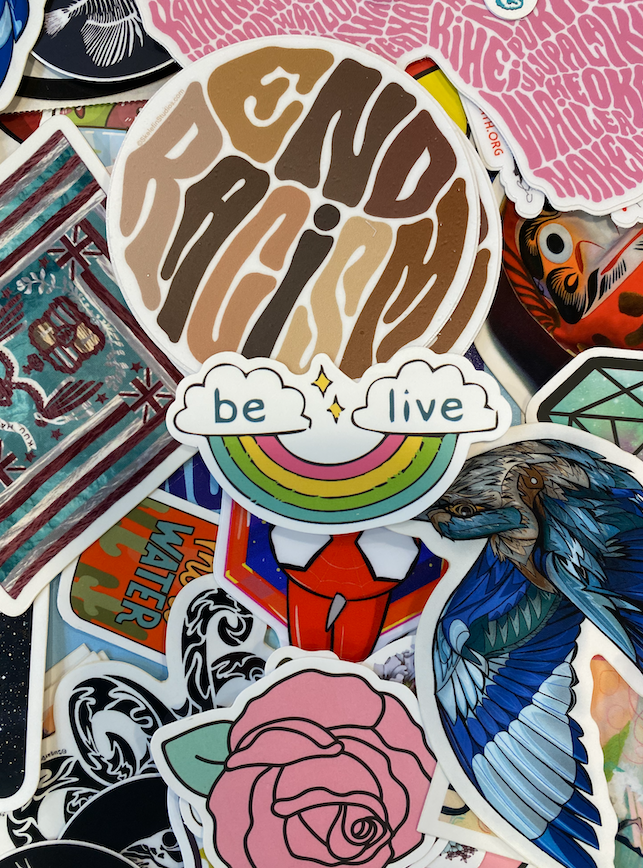
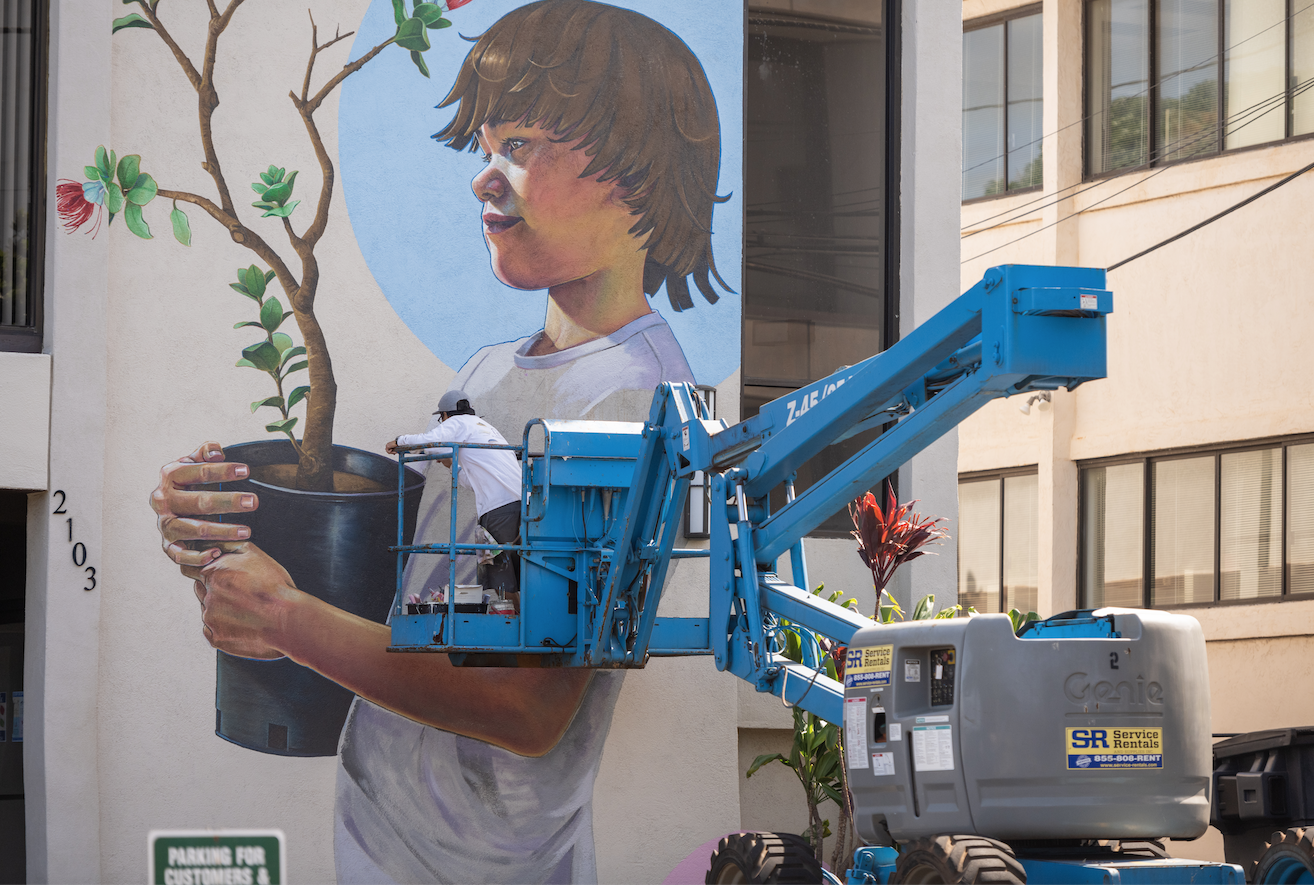
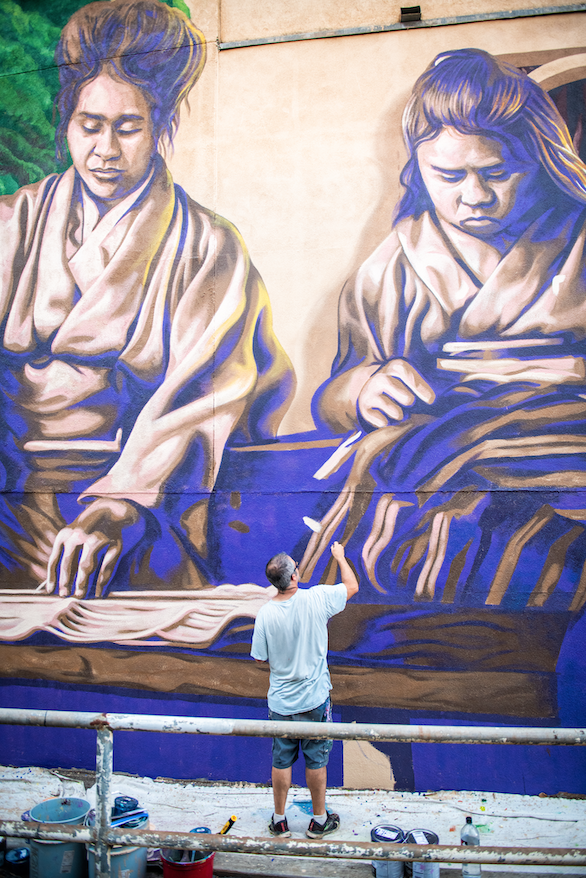
In the days following the Lahaina wildfires last August, much of the focus was on getting survivors the food, water and shelter they needed immediately. However, as the literal smoke clears on Maui, and the local community begins to assess the damage, other priorities have emerged: Creating long-term and permanent housing solutions for those who lost their homes, understanding what can be done to better prevent or mitigate similar types of brush fires in the future, and ultimately rebuilding in a way that honors Lahaina’s history, heritage and those who died.
One of the many populations displaced by the tragedy has been Maui’s local arts community. From nonprofit organizations to individual artists, those in Maui’s art scene have had homes and livelihoods vanish as a result of the fires. “By my research, there are a total of 21 places where art happens, which includes museums, galleries, theaters and art centers, that were lost due to the wildfires in Lahaina. That’s out of 111 sites total on Maui, which is a really big impact,” says Wailuku-based arts administrator Kelly McHugh-White.
As founder and chair of the Maui Public Art Corps, McHugh-White has spent the last two years working on a public art master plan that recognizes Maui County’s unique cultures and resources, and provides a framework for the acquisition and conservation of public art. When the plan is completed this April and submitted to the National Endowment for the Arts, it will reflect the goals of Maui residents and join 700-plus similar public art programs that have been developed nationwide to address the needs of different neighborhoods and promote the creation of more community artwork.
“Arts organizations are a significant economic driver,” McHugh-White says. “It’s something that people often overlook, but if there are areas with galleries or theaters or outdoor art, people come for those attractions, then they’ll solicit other local businesses around the vicinity. It’s a huge part of our economy in Maui.”
Shortly after the Lahaina wildfires, the National Coalition for Arts Preparedness and Emergency Response (NCAPER for short) reached out to McHugh-White, asking if she could help coordinate a dialogue for those interested in arts support, such as individual artist grants or small business impact disaster grants. NCAPER connects with artists and organizations to assist in the aftermath of a disaster by identifying resources and recommending actions. Following Hurricanes Irma and Maria in Puerto Rico in 2017, NCAPER representatives — a mix of state and national arts service organizations and funders who have been through similar situations —hosted calls for more than a year.
Since August, dozens of Maui stakeholders, including the Maui Academy of Performing Arts, Maui OnStage, the Merwin Conservancy, Hana Arts, ProArts, and the When We Shine Foundation, as well as the National Endowment for the Arts, Hawai‘i State Foundation on Culture and the Arts, and individual artists have been meeting virtually to coordinate emergency aid for the arts. Through weekly conference calls, organizations can share updates from their respective disciplines, whether in visual, performing or experiential arts, and avoid any overlapping efforts in preserving Maui arts and culture. “The emphasis has been on community. Specifically, protecting and celebrating our people and places,” McHugh-White says.
With NCAPER’s help, and the grassroots efforts of organizations on Maui, artists are coming together to collaborate on new projects and to support one another. The Lahaina Arts Society and the Lahaina Arts Guild are offering free art classes for those impacted by the fires, while the Maui Artist Haven is working to get art supplies back in the hands of Maui artisans.
To help Maui children whose neighborhood schools have been closed or damaged beyond repair, more than 100 artists have donated to Maui Public Arts Corps’ “sticker buffet,” which gifts students with free stickers to personalize their newly donated Hydro Flasks. This giveaway is aimed at helping children regain a sense of normalcy, ownership and identity during these difficult times while positively impacting emotional well-being and resilience. Maui Public Arts Corps also has a standing invite for community members looking to process their experience of the wildfires to join the corps’ immersive Hui Mo‘olelo program, a storytelling workshop and podcast that records intergenerational talkstory sessions. In a recent conversation, Jennifer Freeland, a behavioral health specialist with the Hawai‘i Department of Education, interviewed her father, Haines Burt Freeland, whose grandfather George Freeland built Lahaina’s former Pioneer Inn in 1901.
In Makawao, the Hui No‘eau Art Center has served as a gathering place for Maui artists and creatives since 1934. With a belief in the rejuvenative power of the arts, Hui No‘eau has begun hosting weekly art lessons in addition to their regular programming for those in Ka Hale A Ke Ola Homeless Resource Centers that have been impacted by the fires. Besides free Art with Heart events at the center’s estate in Kaluanui, the Hui’s Na Keiki No‘eau Program serves students in A+ programs across five Title I elementary schools on Maui, where Hui Teaching Artists reach an estimated 500 displaced children from Lahaina.
Maui resorts and businesses are also lending their support. At the end of last year, Four Seasons Resorts Hawai‘i featured “Maui Artist in Residence,” a curated showcase of works by 15 celebrated local artists who had been affected by the wildfires. The initiative was a traveling exhibit that rotated between each Four Seasons in Hawai‘i, including the resorts in Hualalai, Lana‘i, Maui at Wailea, and O‘ahu at Ko Olina, offering artists increased exposure to different guests and sales of their works, ranging from paintings to sculptures to jewelry.
For Maui artist Taylor Binda, this meant introducing her colorful abstract paintings, with bright pinks and blues that burst off the canvas, to potential art collectors on other islands. For potter Curt Stevens, it meant offering his wheel- thrown cups, bowls and vases adorned with striking imagery, inspired by patterns found in nature, to visitors who may have never encountered his eclectic work otherwise. “These remarkable artists ... not only create world-class art, but they personalize each experience and create lifelong memories for our guests and community,” says Ben Shank, General Manager of Four Seasons Resort Maui at Wailea. “Through this program, we hope to provide support to our artists in a meaningful way.”
After the wildfires, Lahaina faces a long road to recovery. But with the support of national organizations, local nonprofits and businesses, Maui artists have (or are regaining) the ability to inspire, educate, and chronicle their experiences and history. “Oftentimes, you hear about arts acting as a catalyst. Art has an aesthetic value but it can also teach people about preserving natural resources and protecting wahi pana, or important landmarks,” McHugh-White says. “That’s a direction that many global arts communities are pursuing. It would be wonderful to see more of that in Maui as well.”

